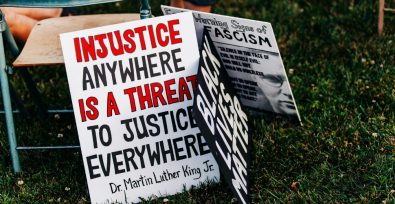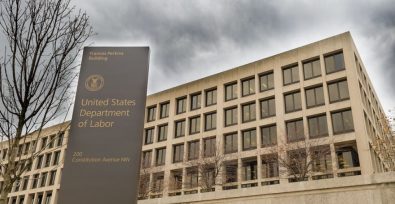Americans observed Juneteenth this past week – a celebration of the end of slavery in 1865. But how can slavery have ended while it remains in law and practice to this day? Forced labor persists in American prisons, exploiting incarcerated individuals for profit. Scott Abbey’s experience at Santa Rita Jail in California reveals a troubling exception in the American ideal of liberty.
Exploiting workers for greater profits
In a California jail kitchen, Scott Abbey prepares thousands of meals daily for a multibillion-dollar corporation. He works in unsanitary conditions, wading through overflowing sewage and dodging rodents. For his labor, Abbey receives no wages. This scene, eerily reminiscent of America’s industrial past, is a reality for many incarcerated individuals today.
Thousands of incarcerated individuals across the nation share similar stories.
Deborah Archer for Slate reports,
They staff morgues, produce military electronic technology, build office furniture, fight wildfires, and labor in deadly temperatures on former plantations. Carceral labor’s products are ubiquitous yet often overlooked. Even the food we eat — from widely known brands like McDonalds, Costco, or Walmart — arrives at our tables thanks in part to carceral labor. Private businesses, recognizing that they can pay an individual behind bars far less than a worker on the outside, exploit incarcerated labor to boost their profits.
The Thirteenth Amendment’s unfinished business
While the 13th Amendment of the U.S. Constitution abolished slavery in most forms, it included a critical exception: “except as punishment for crime.” This exception allows governments, prisons, and contracting companies to exploit incarcerated workers – to the tune of billions.
The exception has roots in post-Civil War “Black Codes,” laws designed to arrest Black Americans for vague offenses and force them into servitude. Despite the formal end of convict leasing in 1941, states have continued to exploit free labor through discriminatory policing and mass incarceration. Black Americans, who make up 13% of the U.S. population but 35% of the prison population, are disproportionately affected.
The story of Scott Abbey and countless others serves as a stark reminder that the promise of emancipation remains unfulfilled for many Americans.
We won’t stop pushing for change
Freedom United and our many partners and ambassadors have been pushing for years for an end to the exception. But opposition has been fierce.
Some legislators, championing a “tough on crime” stance, argue that such reforms would unduly pamper offenders. However, the primary hurdle appears to be financial. State authorities want to know how they can end prison slavery when their budgets are already constrained. But as Andrew Ross, Tommaso Bardelli and Aiyuba Thomas write in the New York Times, that is the wrong question to be asking.
That kind of question is in a direct line of descent from the complaints of slave owners about the prospect of having to compensate workers for picking their cotton and sugar cane.
Financial concern overturned previous efforts in California to change the state law to end prison slavery – but advocates are undeterred and are close once again to ending up on the right side of history.
The best way to finally end slavery in America is to remove the exception from the Thirteenth Amendment. It’s time to address and eliminate forced labor in all its forms, delivering justice to those who labor behind bars.





Freedom United is interested in hearing from our community and welcomes relevant, informed comments, advice, and insights that advance the conversation around our campaigns and advocacy. We value inclusivity and respect within our community. To be approved, your comments should be civil.